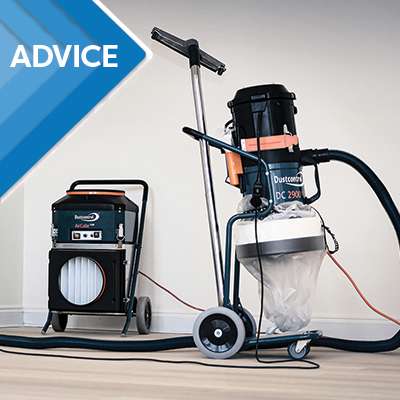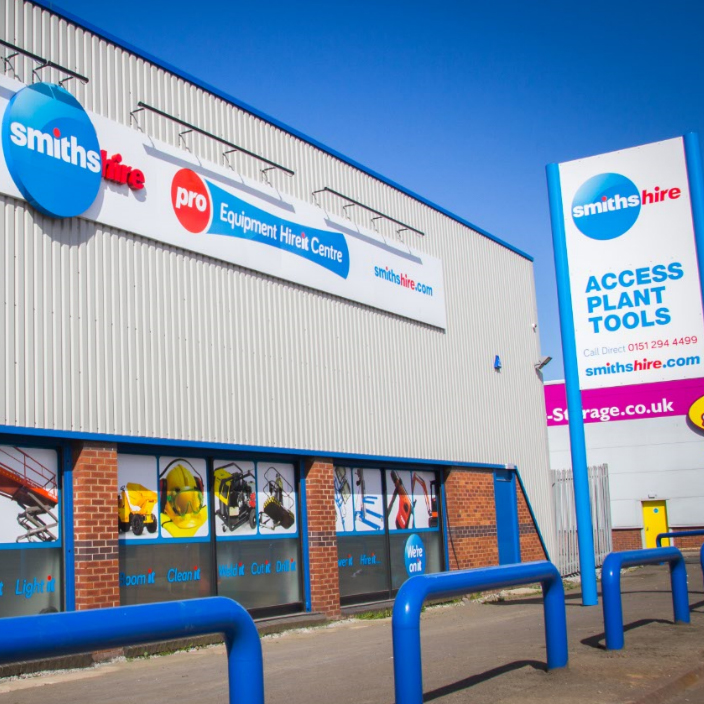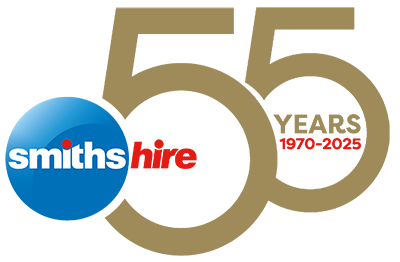The dust is one of the most overlooked dangers when undertaking a project in your home, office or construction site. Dust is almost always a nuisance, and it’s also a significant health hazard. The smaller the dust particle, the deeper it can penetrate into your respiratory system. The term ‘respirable dust’ is used to describe the dust particles capable of being inhaled; they’re smaller than five-thousandths of a millimetre (5 μm) in size. These microscopic particles can travel deep into the pulmonary system and cause various health issues. In fact, these particles are so tiny that they can infiltrate the deepest parts of the lungs, where the air moves too slowly to be able to expel them.
Our lungs do have a built-in defence mechanism that protects us by surrounding these foreign dust particles with connective tissue nodules. However, over time, this can lead to severe conditions like pneumoconiosis or COPD (Chronic Obstructive Pulmonary Disease). Certain particles like silica and asbestos dust are especially hazardous because the body cannot break them down.
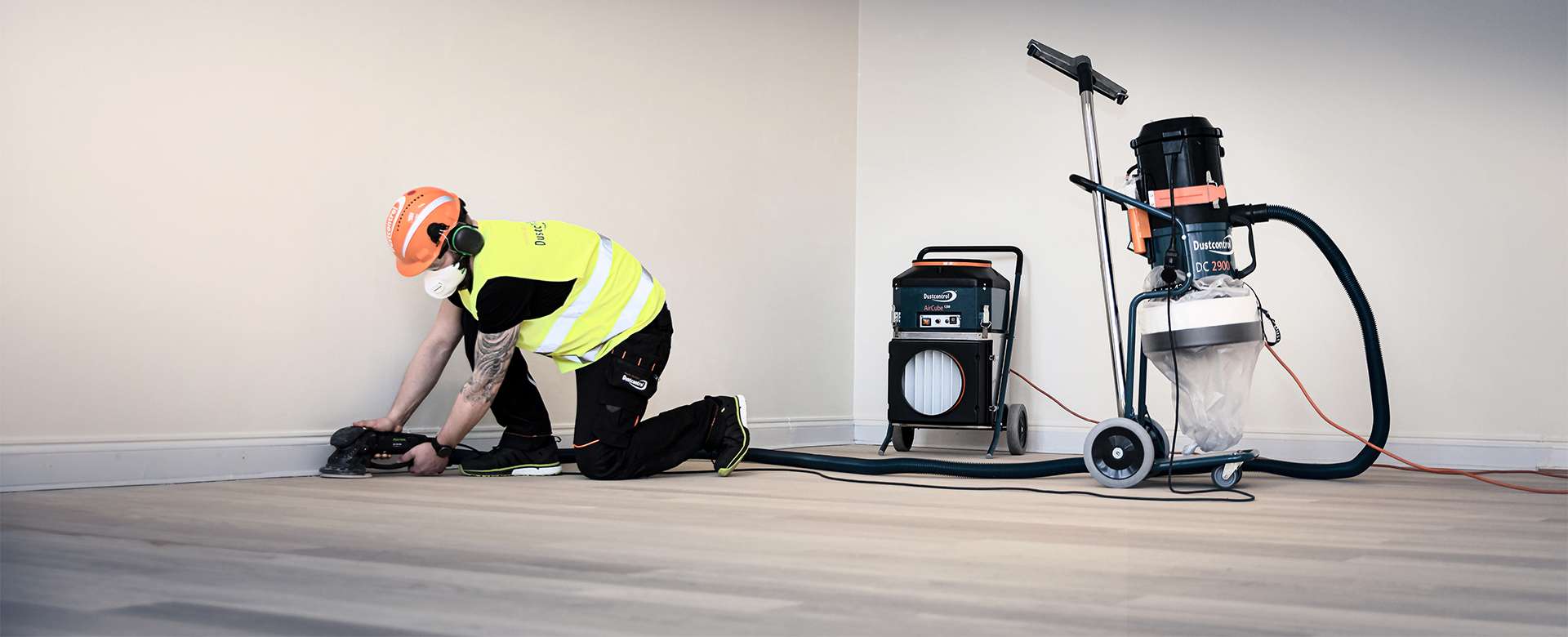 These particles can cause significant damage long after they have become lodged in the lungs, which means that to maintain a safe and healthy environment at work, it’s crucial to control dust and prevent it from entering the air. The most effective way is to remove dust at its source. This is where Dust Control comes in, such as dust extractors and dust suppression devices. At Smiths Hire, we have a variety of dust control equipment to help you combat dust hazards around the home, office or industrial environment. With our innovative dust control technology, you can eliminate dust particles before they become airborne, ensuring a cleaner and healthier working environment at home or on-site.
These particles can cause significant damage long after they have become lodged in the lungs, which means that to maintain a safe and healthy environment at work, it’s crucial to control dust and prevent it from entering the air. The most effective way is to remove dust at its source. This is where Dust Control comes in, such as dust extractors and dust suppression devices. At Smiths Hire, we have a variety of dust control equipment to help you combat dust hazards around the home, office or industrial environment. With our innovative dust control technology, you can eliminate dust particles before they become airborne, ensuring a cleaner and healthier working environment at home or on-site.
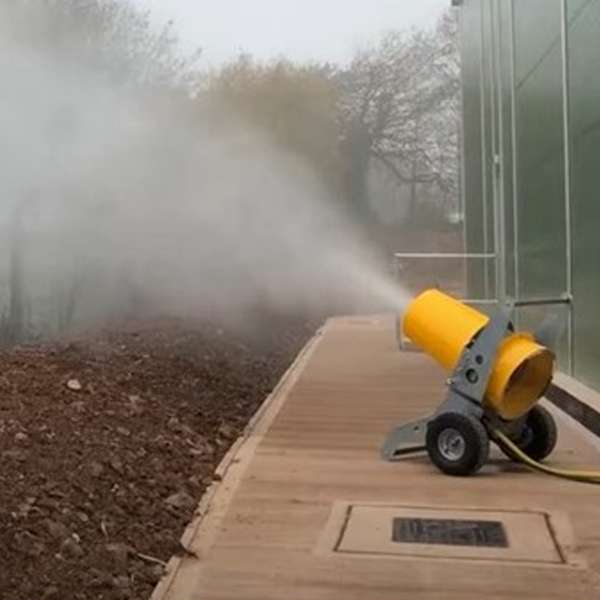
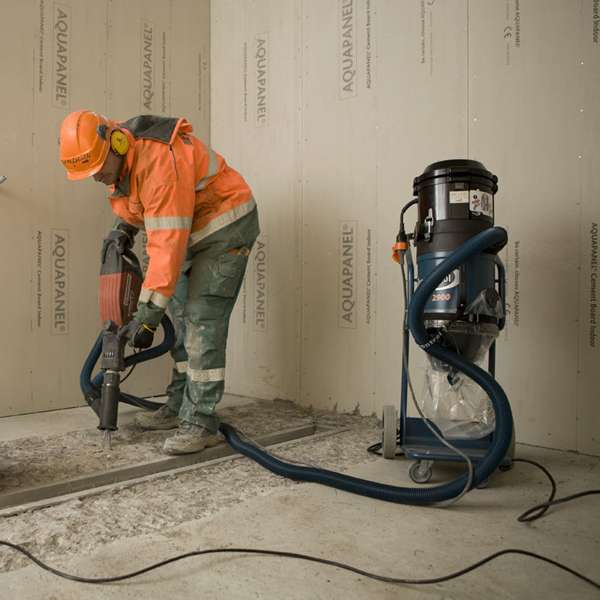

 SPEAK TO US
SPEAK TO US

